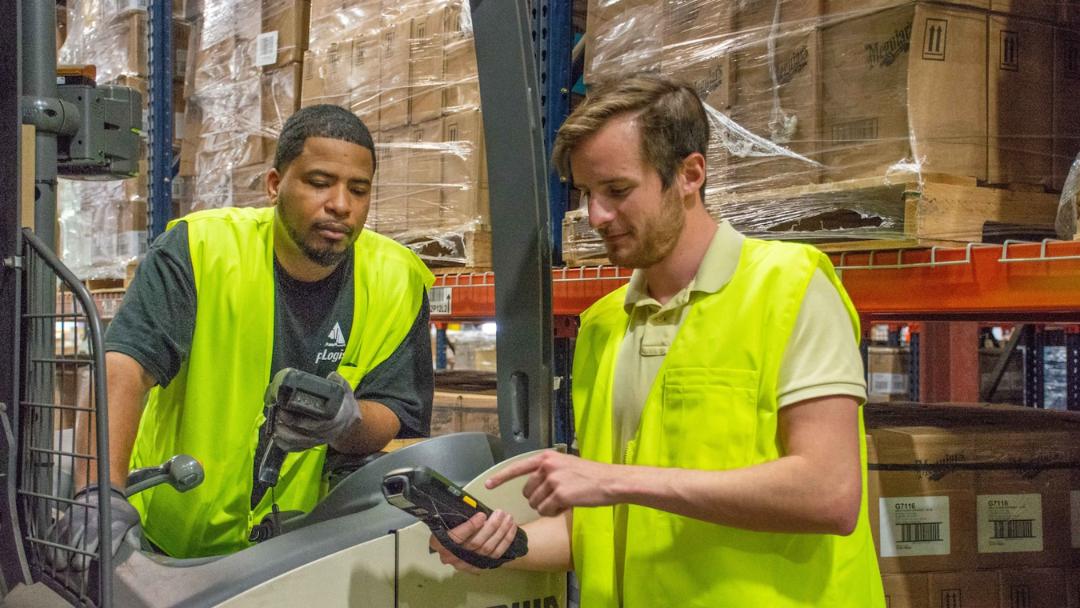The world of work has changed in recent years. How can we be sure it's for the better?
Roughly 60% of workers who are able to work remotely are still working from home in 2022, per Pew Research. This option created a general shift in flexibility, autonomy and a general sense of agency that workers have always craved, signaling to employees in and out of the office that people can still be productive when the reigns are loosened. But the pandemic changed work in more ways than just sending folks home. It also forced people to reevaluate their relationships with work and where it lies on their list of priorities.
This, in combination with other factors, has led people to hold employers accountable and to a higher standard. The Great Resignation, what the internet is calling this period where employees (the U.S. Dept. of Labor reported 3.3 million of them in January 2022, to be exact) are quitting when a job doesn't meet their standards, is making employers reevaluate the culture of the workplace. So how can you make sure you're creating a positive work culture and environment that might motivate people to stick around? There are a few things that will help.
Start with the physical aspects. How can you make your employees as comfortable as possible? Generally speaking, your environment impacts your energy. Is there a light, clean space for people to work in? Do they have comfortable seating and room for their belongings? Is their workplace ergonomic? If budget is what's holding you back from making these answers a "yes," just remember they don't all need to happen at once, but this is an important goal to work toward.
Allow for flexibility. If anything can be learned from the remote work shift, it's that employees can get their work done without someone constantly watching over them. People are happier when they're not being micromanaged and feel trusted as an employee. The benefits of this far outweigh the chances that someone could take advantage. If someone isn't producing work, that's another conversation.
Offering opportunities for networking or career development is another way to create a positive working environment. Employees typically have goals and aspirations. At least, happy ones who want to stay with the company do. If they have mentors who can help guide their way, that path upward may become more clear to them. Offering career development opportunities, such as classes on things like public speaking or time management, can be another great way to promote a positive working environment. Allowing employees time to better themselves will pay off for all parties and provide real value.
A positive work environment is key to retaining good workers. Consider the physical environment you're providing, whether or not they have flexibility, and what kind of networking or development opportunities they have.


